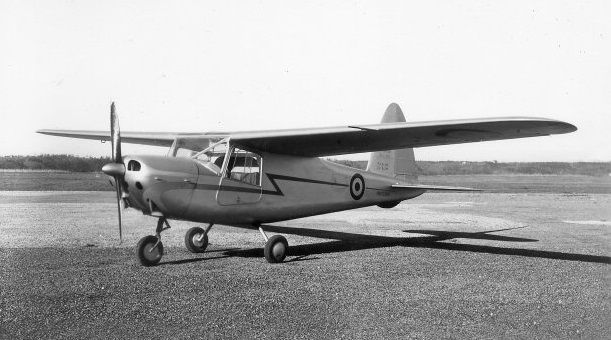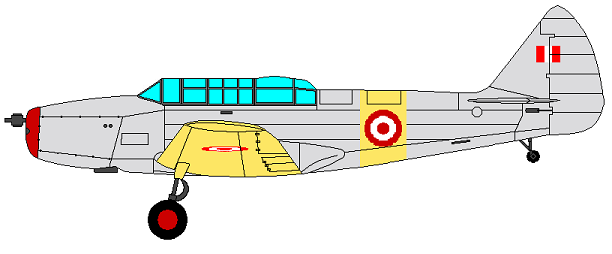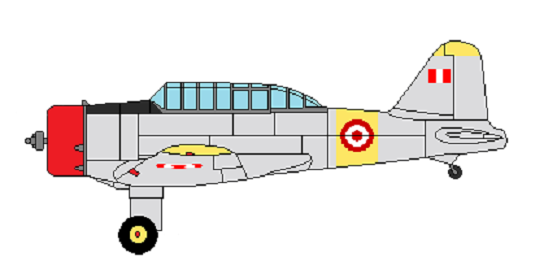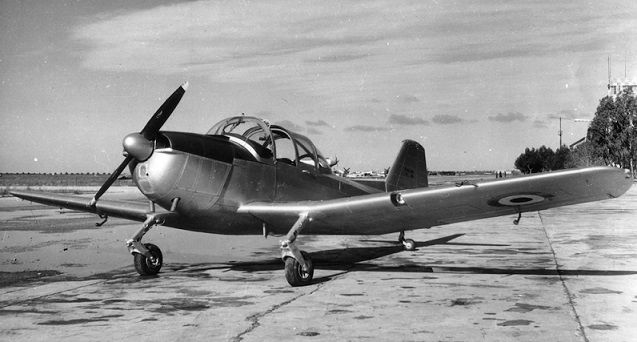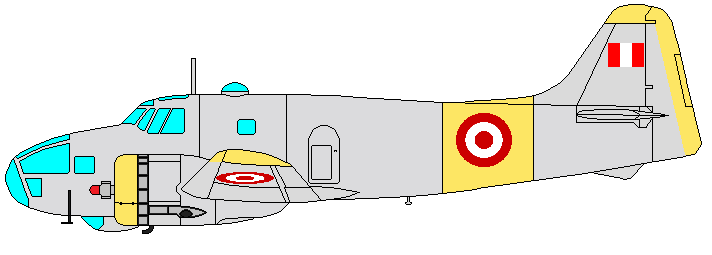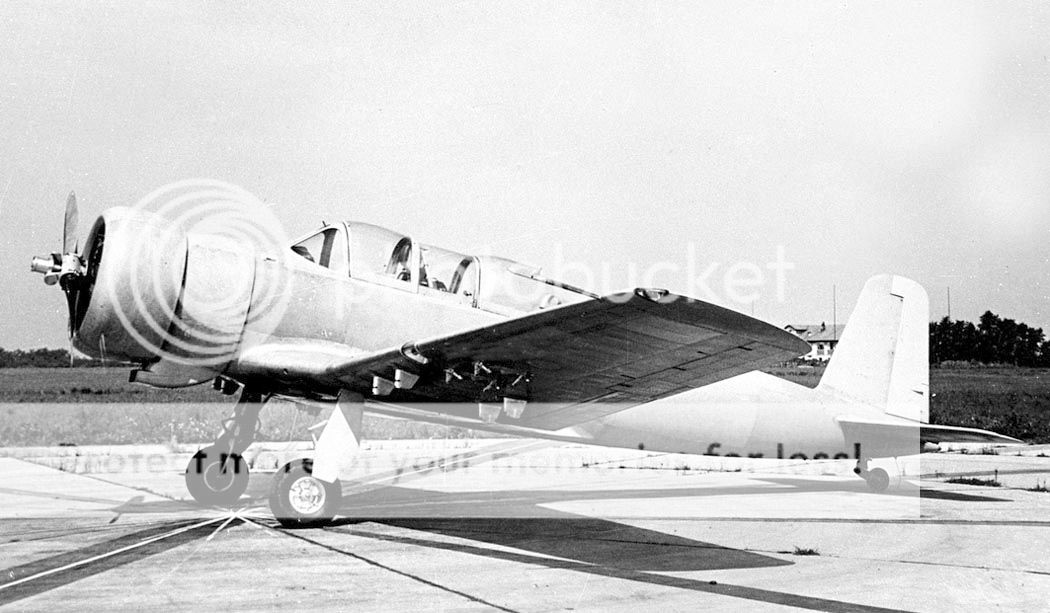In 1945 students at the Instituto Nacional de Tecnica Aeronautico of the Escuela de Ingenieros de Construcciones Civiles y de Minas began efforts to design a conventional high-wing cantilever monoplane with fixed tricycle undercarriage that might serve as a primary training aircraft for the Fuerza Aérea del Perú or as a private ‘club’ trainer. Assembly of a prototype began early in 1946, and the aircraft made its maiden flight in January 1947. Construction throughout is of wood. The pilot and a single passenger or instructor sit side by side.
In June 1947 orders were placed by the Fuerza Aérea del Perú for an initial quantity of forty T-21 aircraft to serve as ab initio or ‘grading’ trainers, while a further twenty-one aircraft were funded by the Ministry of Production for distribution to aero clubs across the nation.
Crew: 2
Engine: One air-cooled flat-four engine rated at 85 hp (takeoff)
Length: 6.53 meters
Wingspan: 10.00 meters
Height: 2.18 meters
Wing area: 13.72 square meters
Empty weight: 410 kg
Gross weight: 650 kg
Maximum speed: 197 kph
Cruising speed: 164 kph
Service ceiling: 4,500 meters
Range: 760 kilometers
